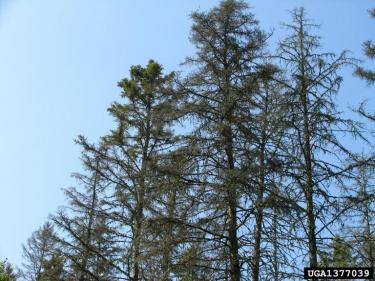Your Checklist for Prevention
Since stress is one of the major factors of pine decline, reducing stress on trees is the main defense against pine decline.
Here's Your Checklist
- Limit disturbance. Keep heavy equipment out of your woods as much as possible, especially in wet times of year. This compacts the soil and makes it harder for roots to do their job.
- Thin your trees. Growing too close together is stressful for trees. If you're planting land with new trees, don't plant them too close together; this will save some thinning (and disturbance) later.
- Fertilize. Fertilizing trees can be expensive, but the extra nutrients may also help them fight off diseases.
Reducing stress on trees will make them better able to fight many diseases, not just pine decline.
Also, pine decline is hardest on loblolly and shortleaf pines. When you're planting new trees, you might consider staying away from those species on sites that are more stressful, like dry south-facing areas and steep slopes.
Whether you’re trying to prevent an infestation or controlling damage from an existing infestation, you don’t have to go it alone. State, county or consulting foresters, the Forest Service or your local cooperative extension service can all help you protect your woods and preserve your forest legacy.
How can I get more tips?
It’s simple! Enter your email below.

